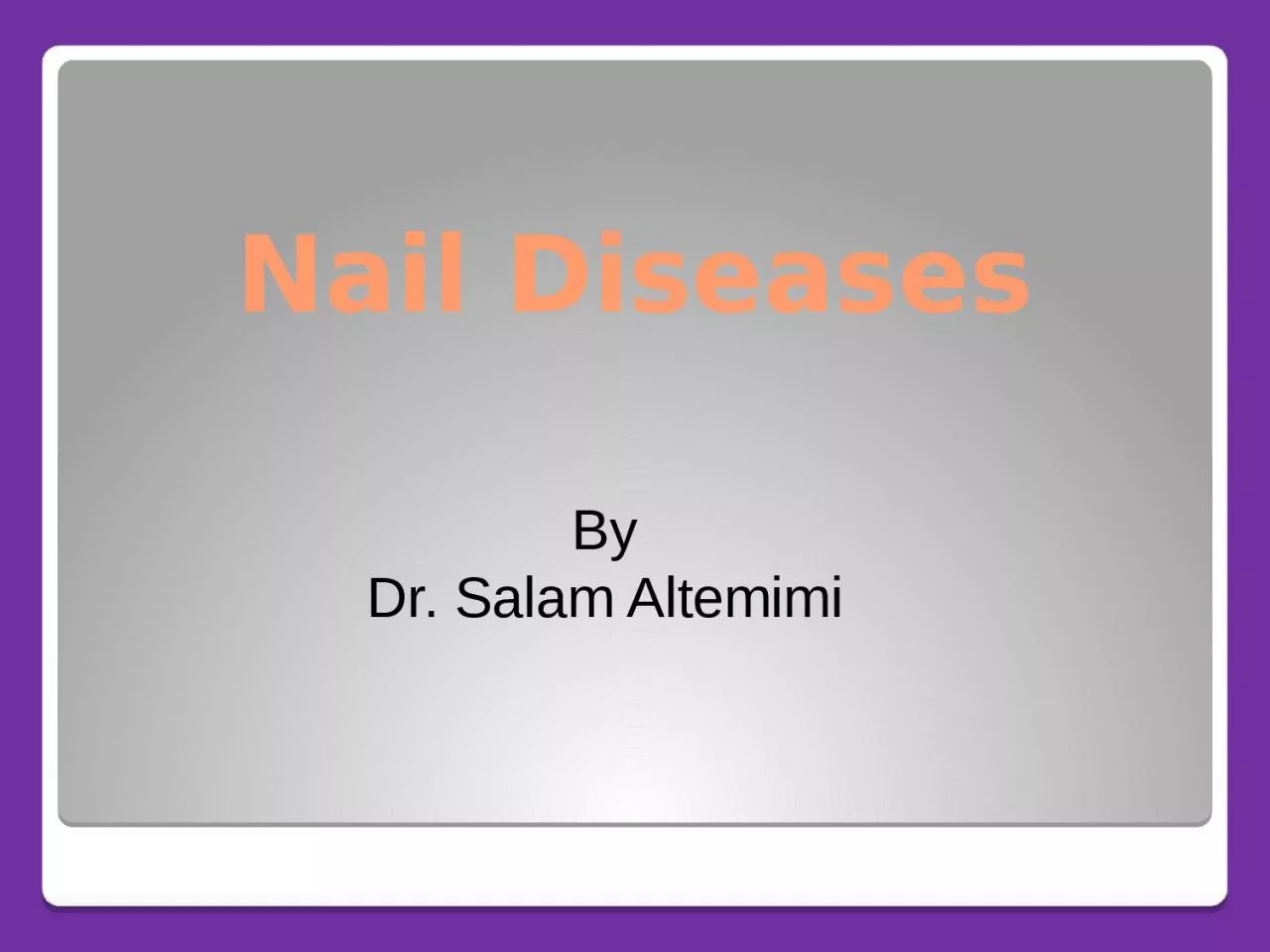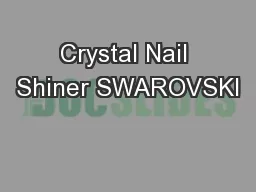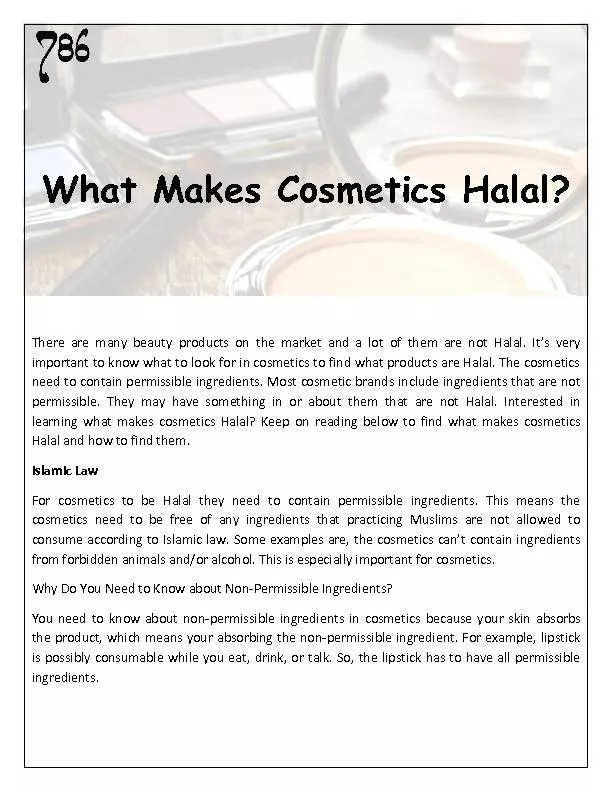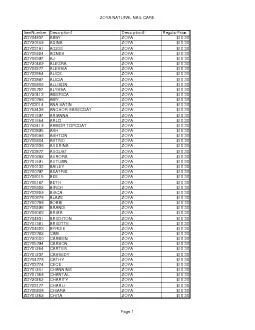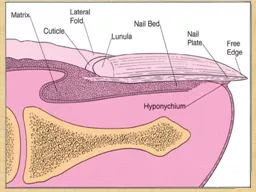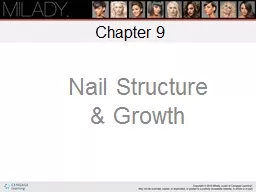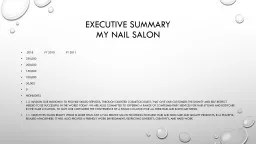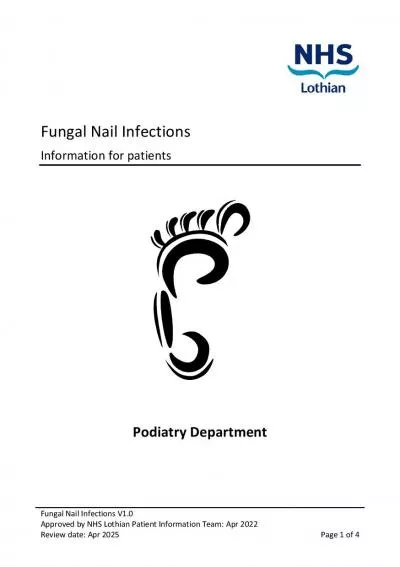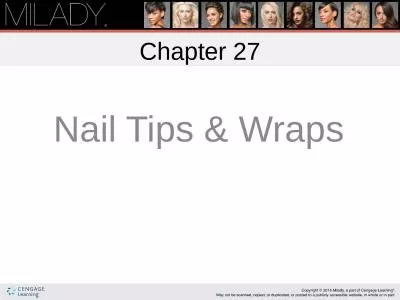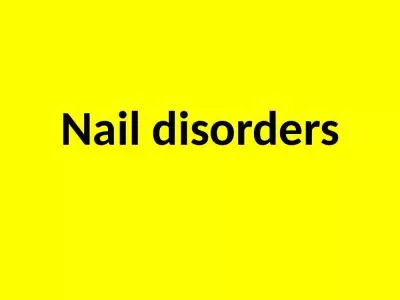PPT-Nail Diseases By Dr. Salam Altemimi
Author : roxanne | Published Date : 2022-06-18
Chronic paronychia Is infection of the nail fold and matrix by candida albicans There is glazed and red swelling of the nail fold with loss of the cuticle There
Presentation Embed Code
Download Presentation
Download Presentation The PPT/PDF document "Nail Diseases By Dr. Salam Altemimi" is the property of its rightful owner. Permission is granted to download and print the materials on this website for personal, non-commercial use only, and to display it on your personal computer provided you do not modify the materials and that you retain all copyright notices contained in the materials. By downloading content from our website, you accept the terms of this agreement.
Nail Diseases By Dr. Salam Altemimi: Transcript
Download Rules Of Document
"Nail Diseases By Dr. Salam Altemimi"The content belongs to its owner. You may download and print it for personal use, without modification, and keep all copyright notices. By downloading, you agree to these terms.
Related Documents

